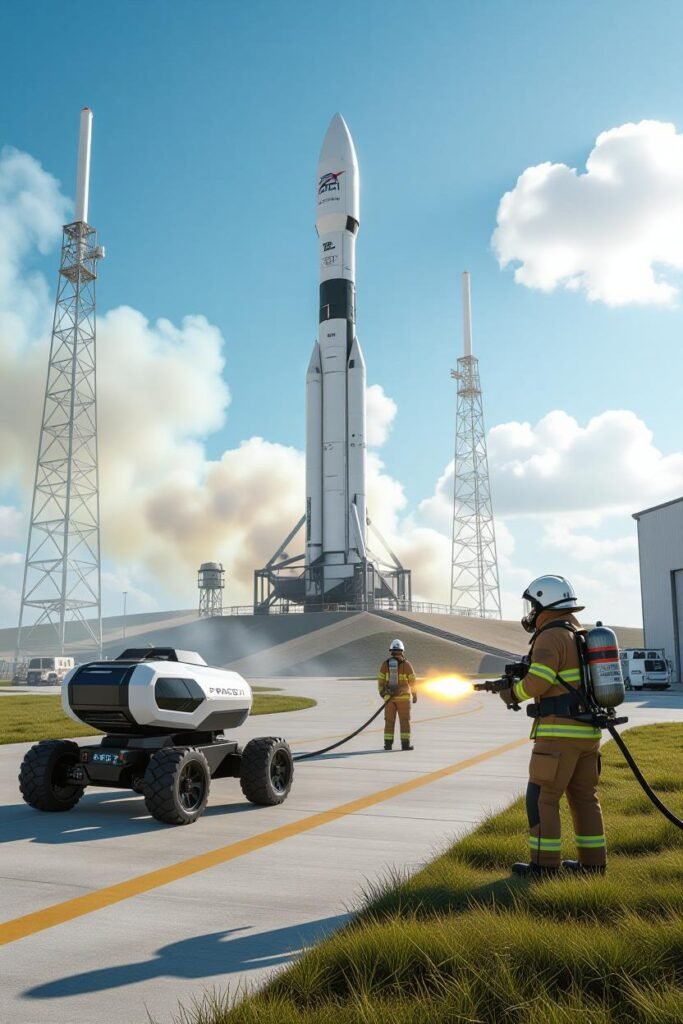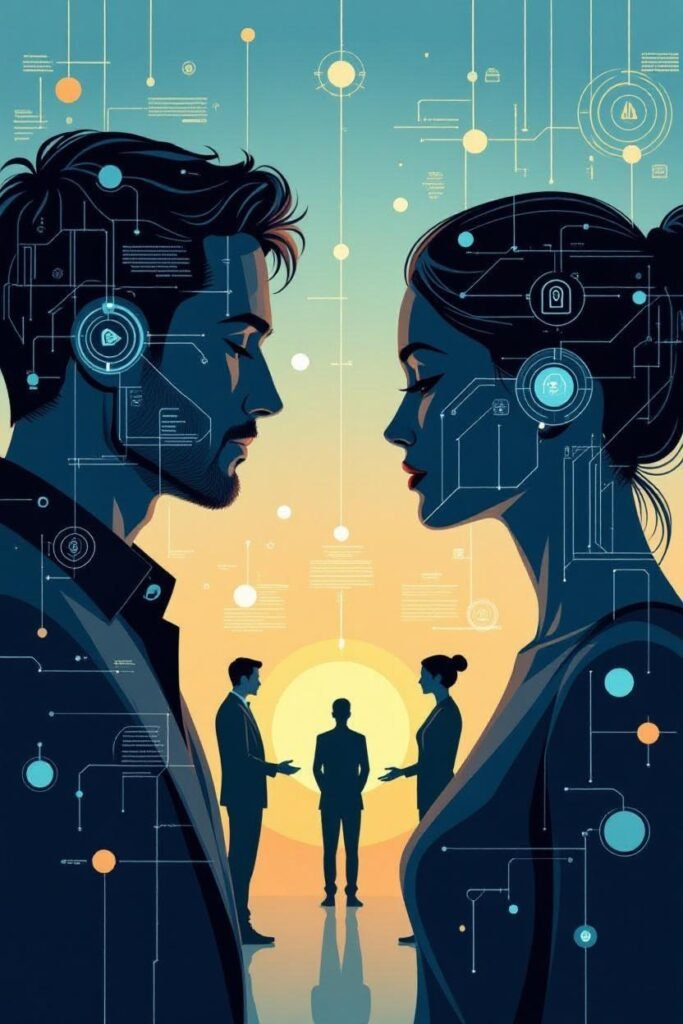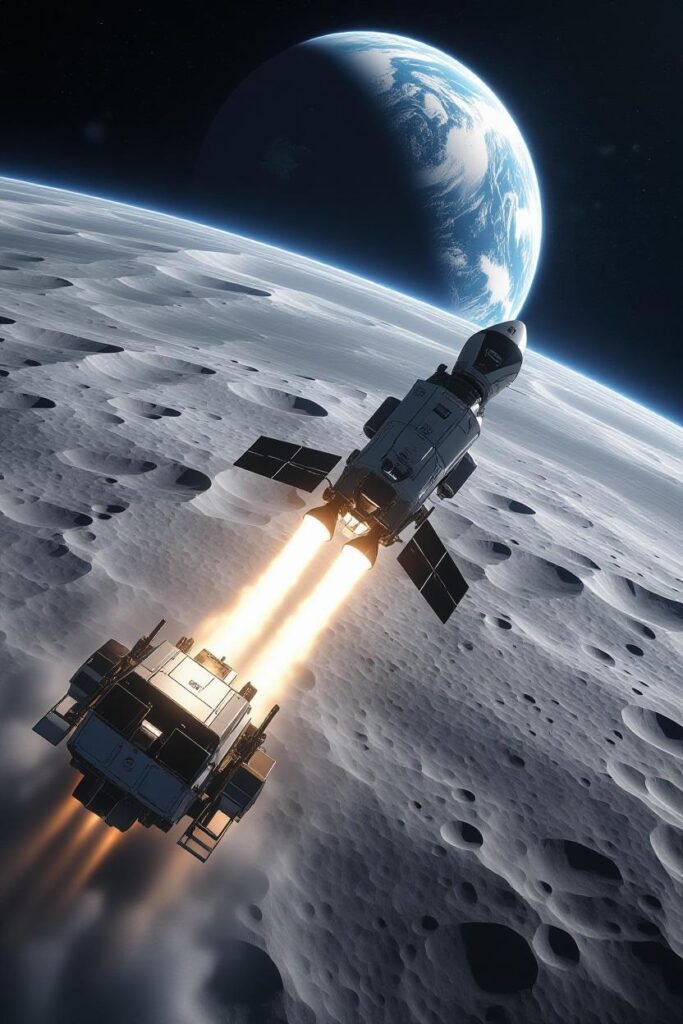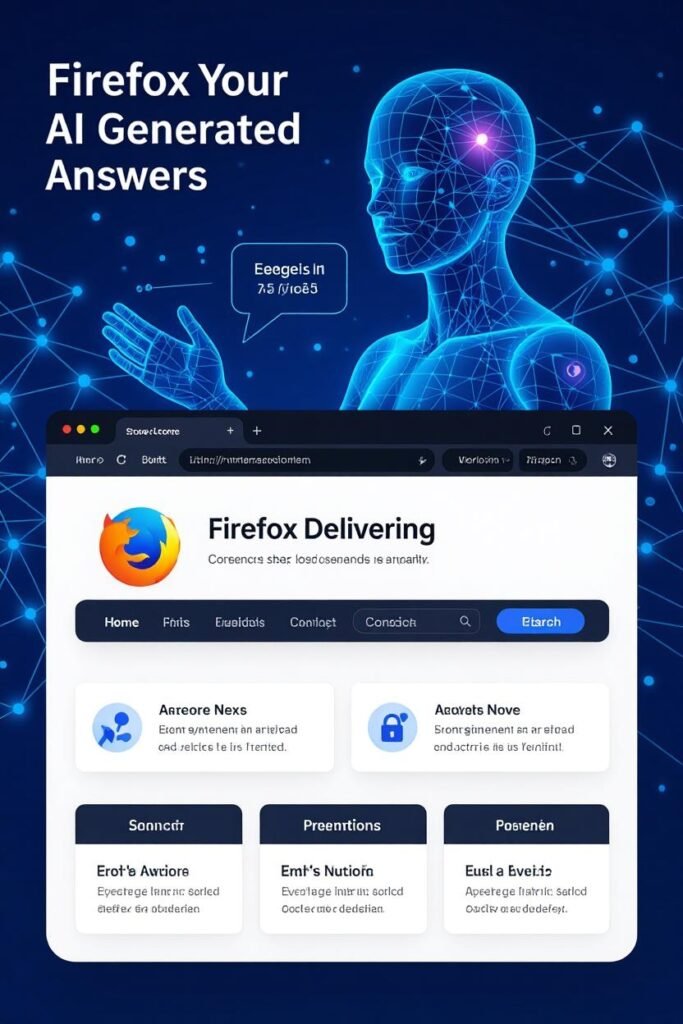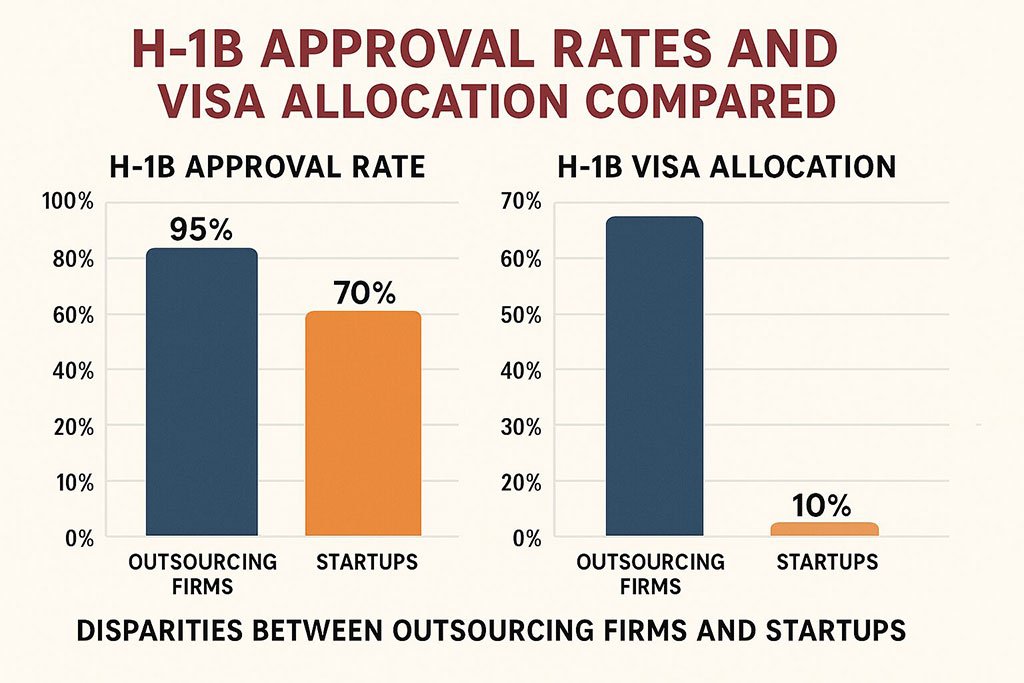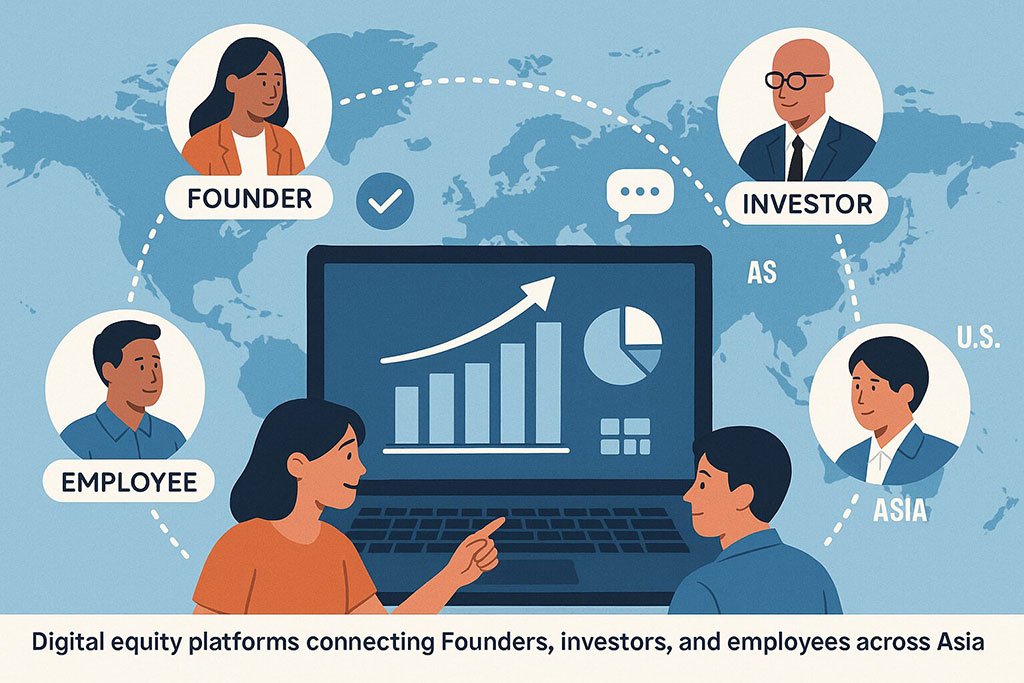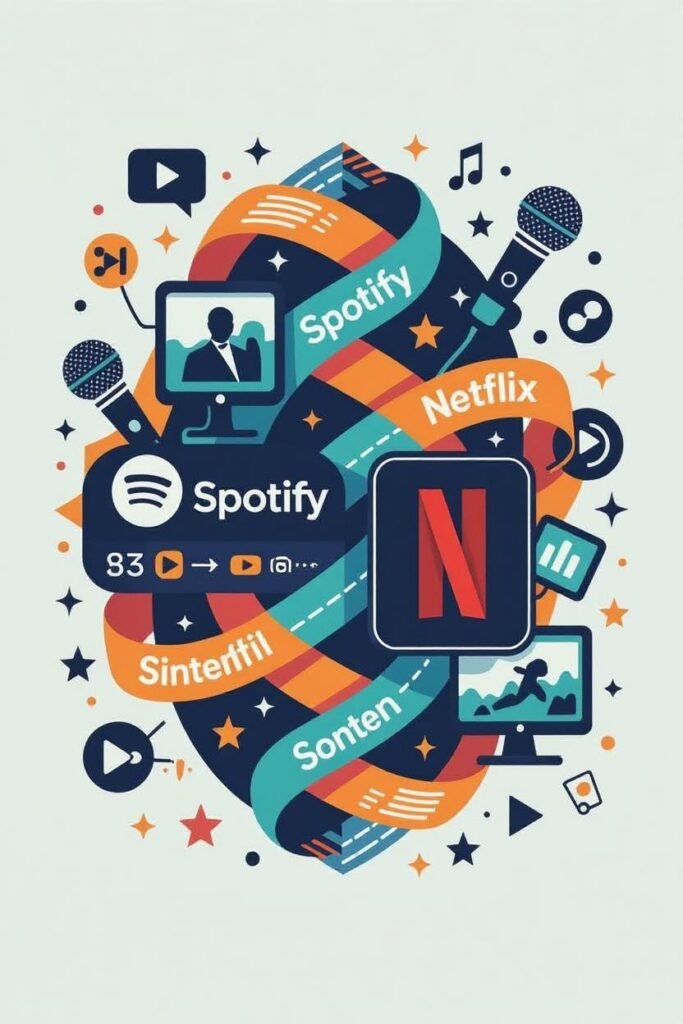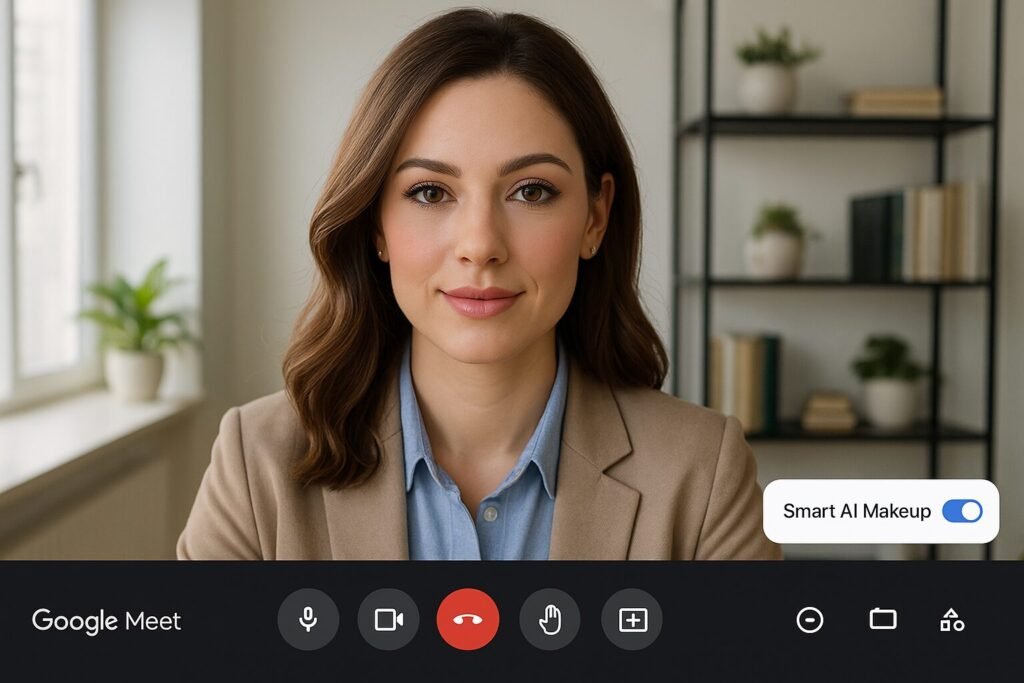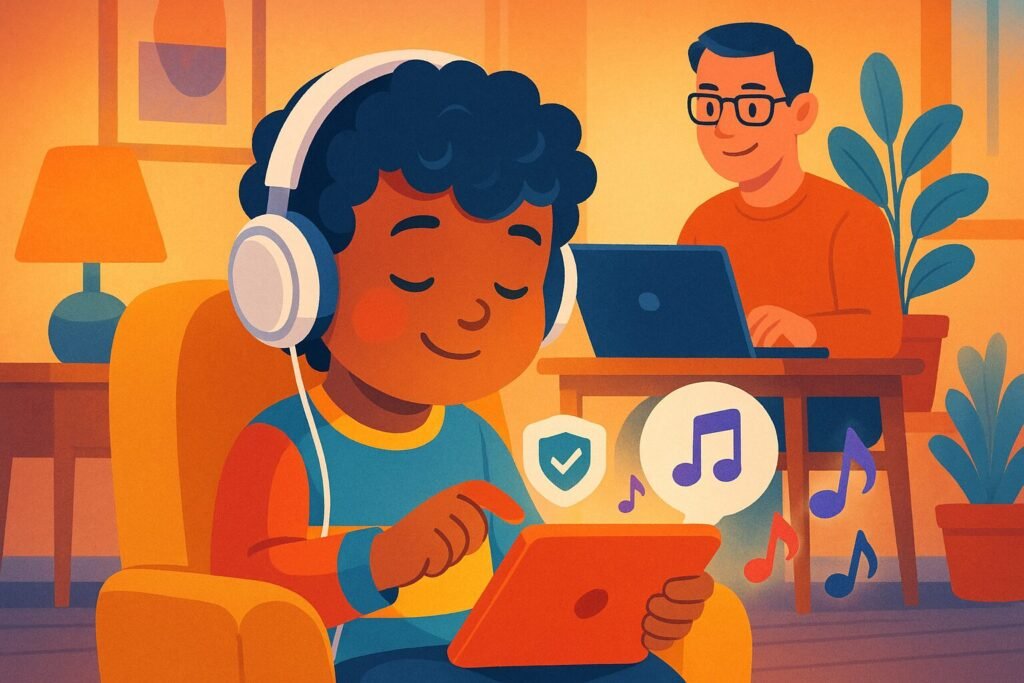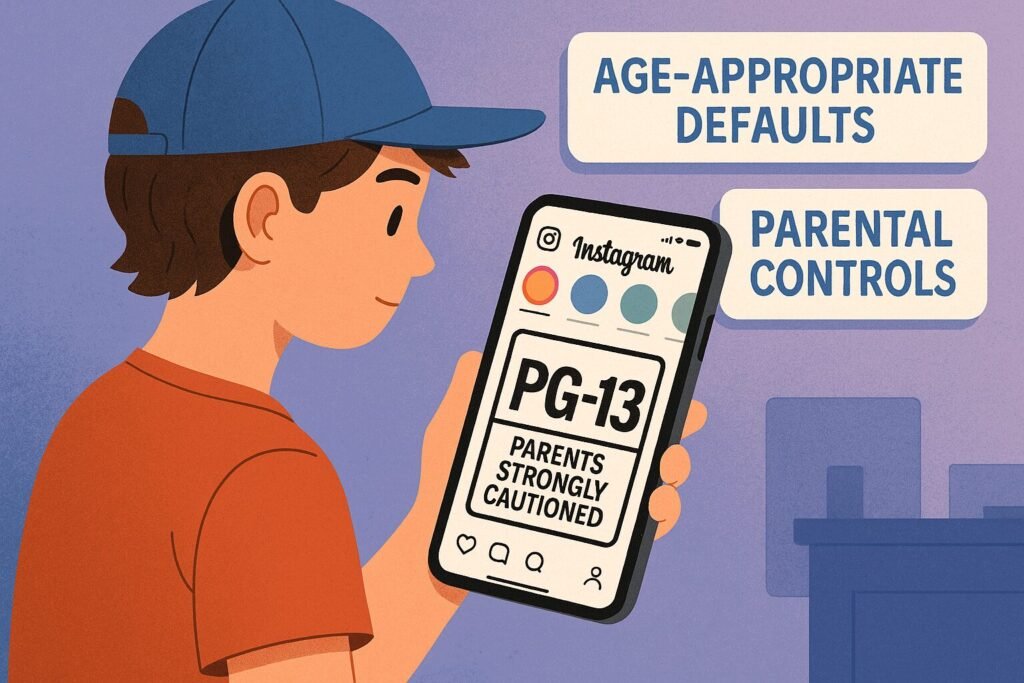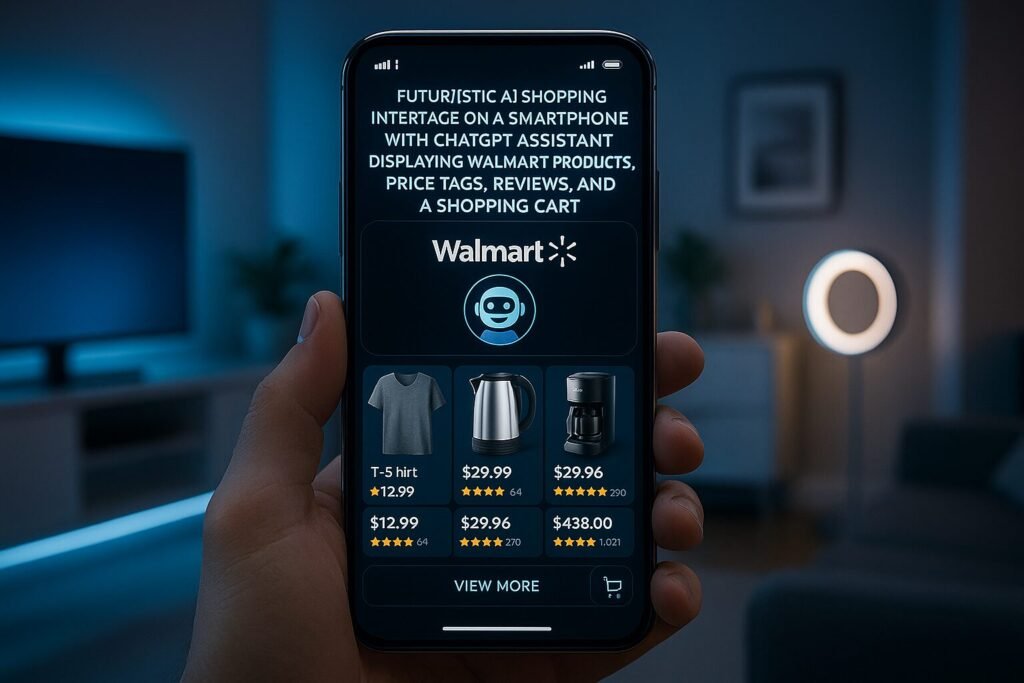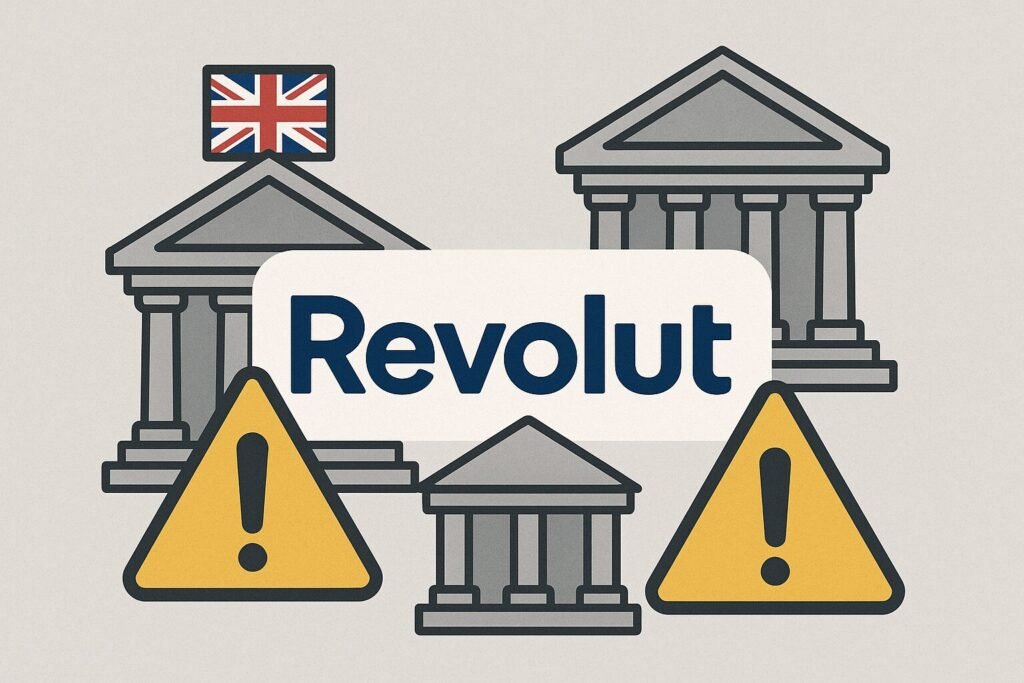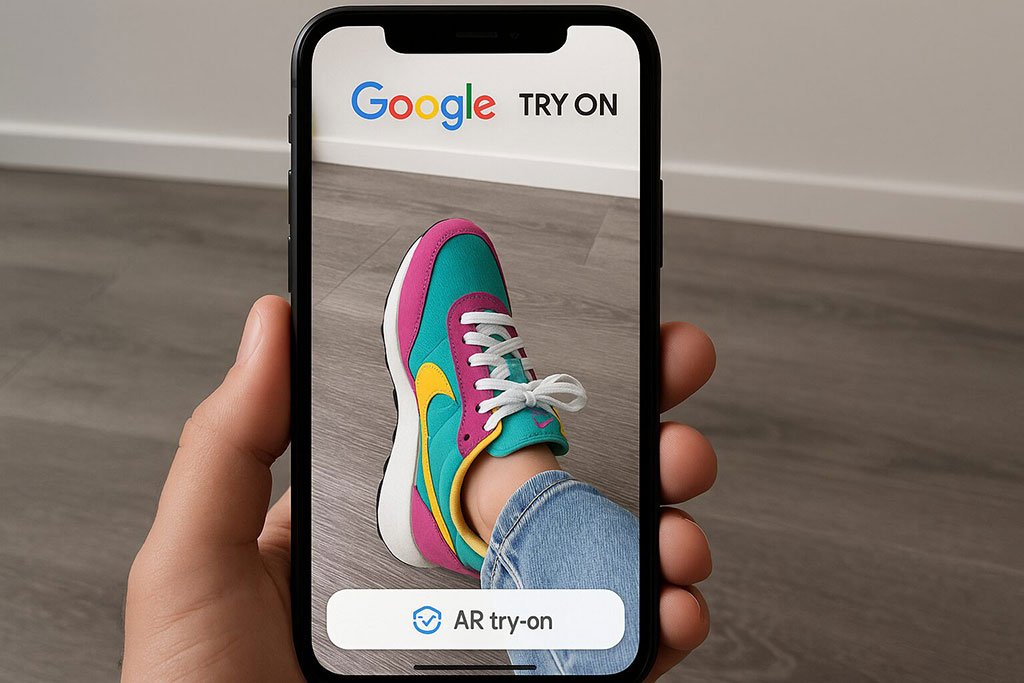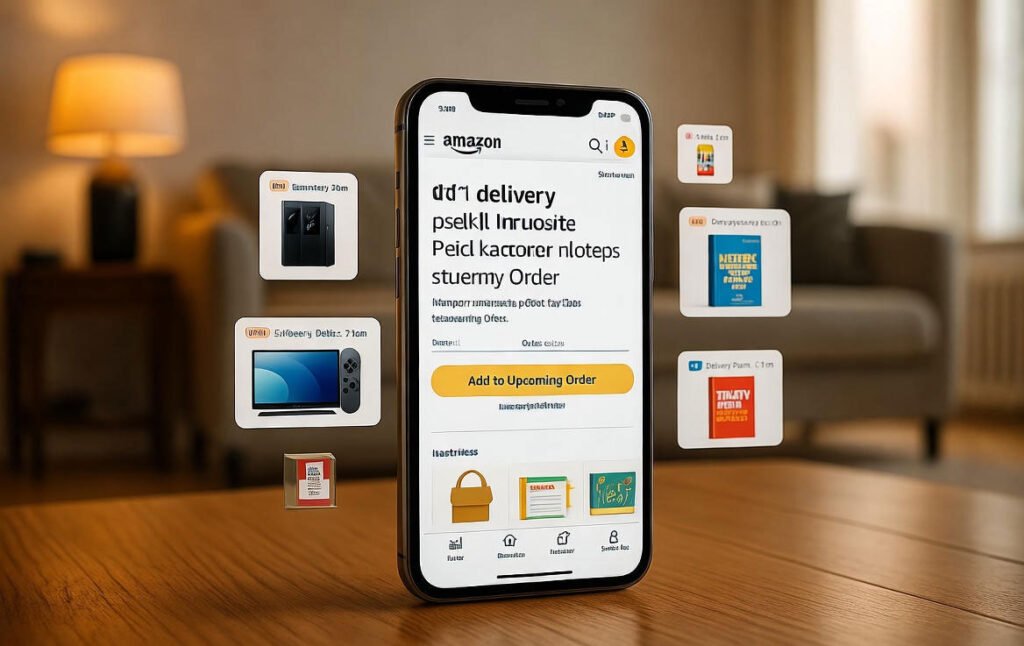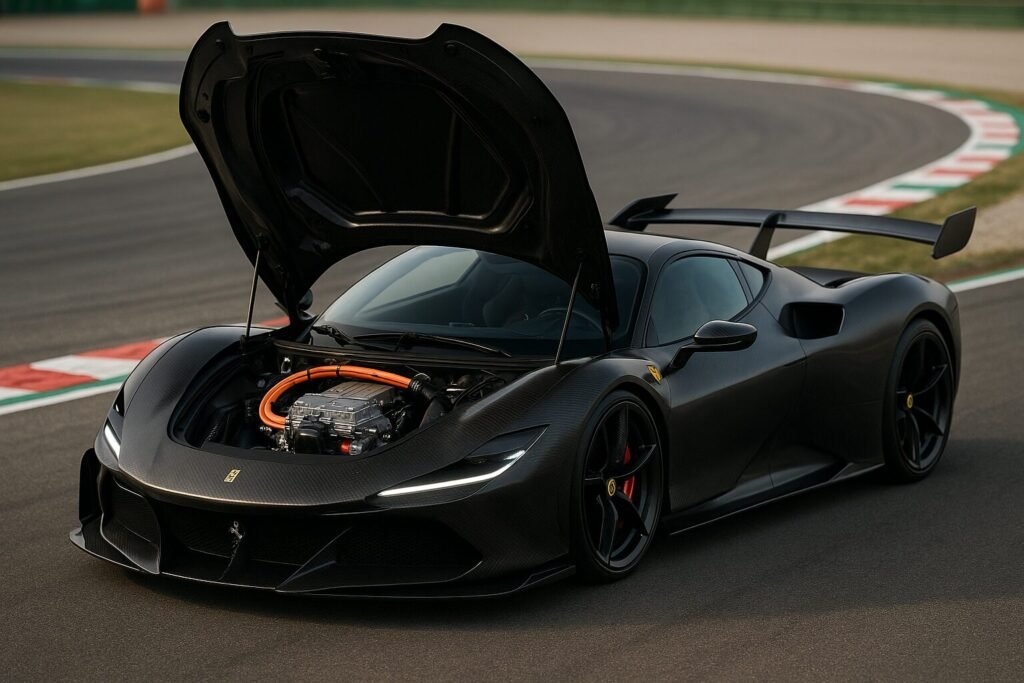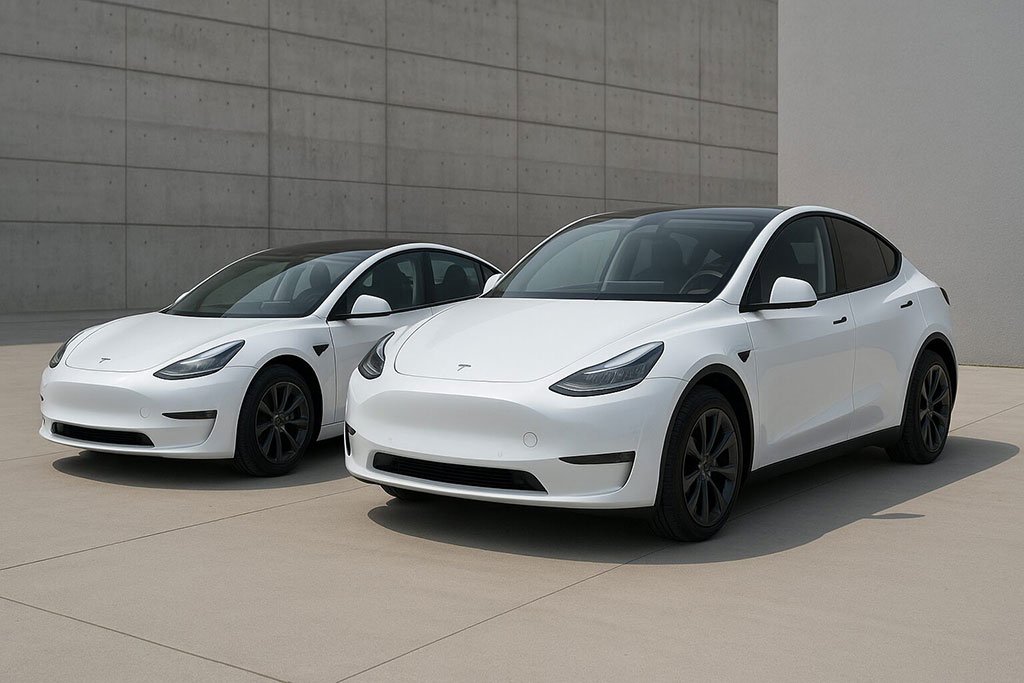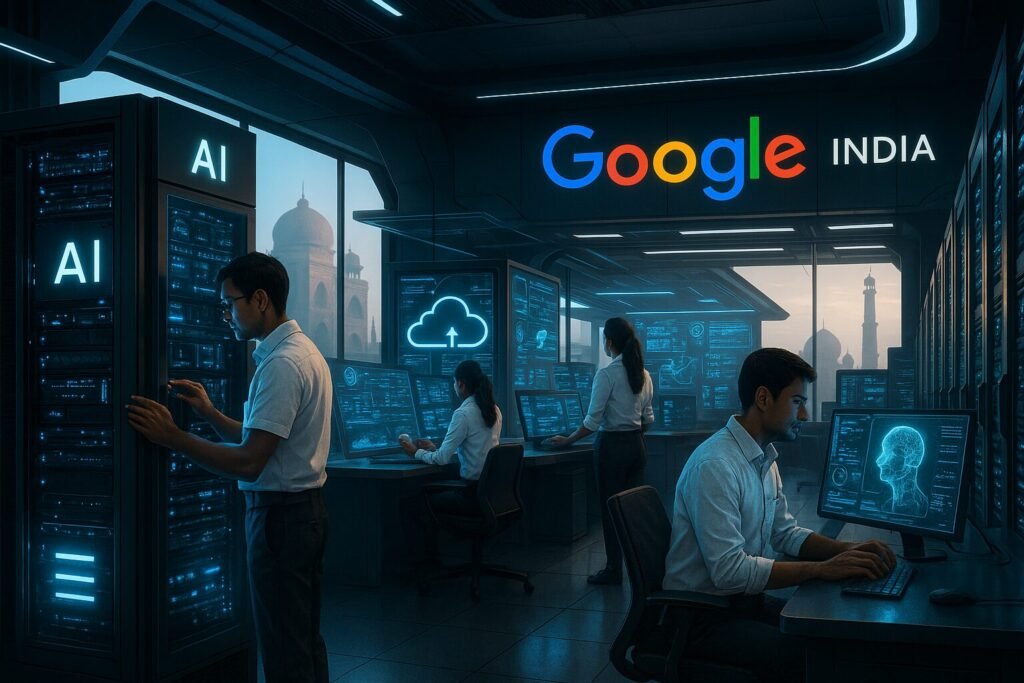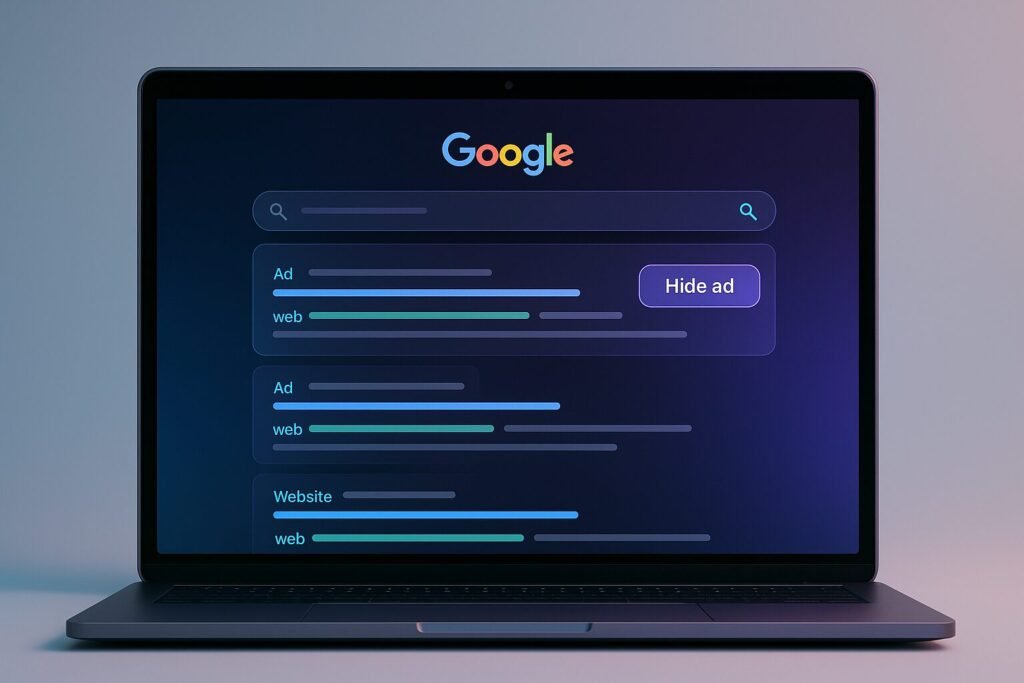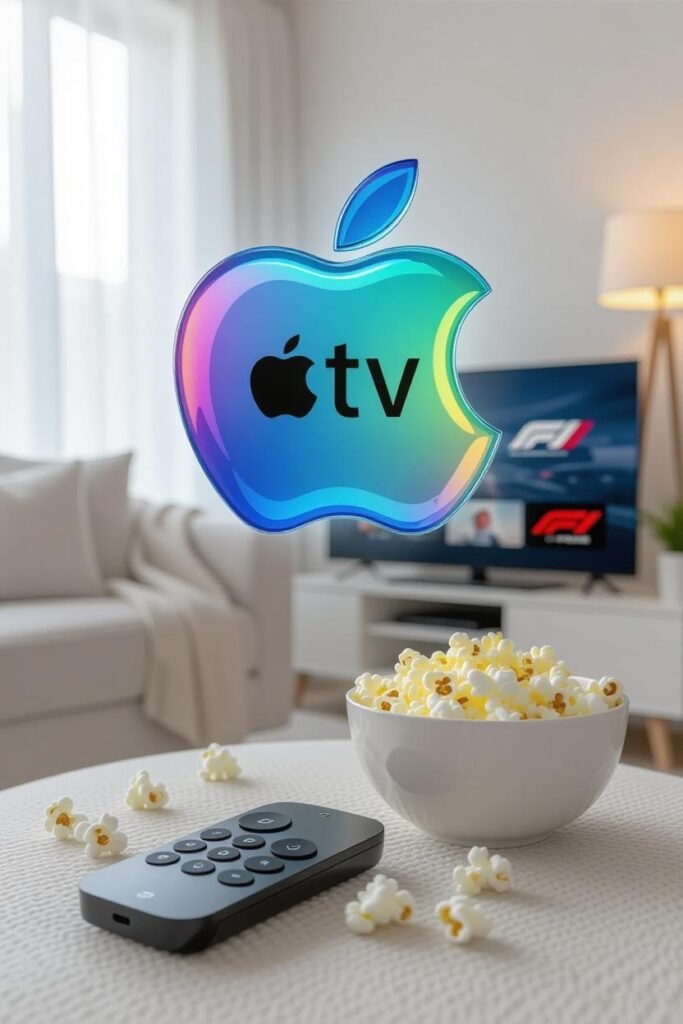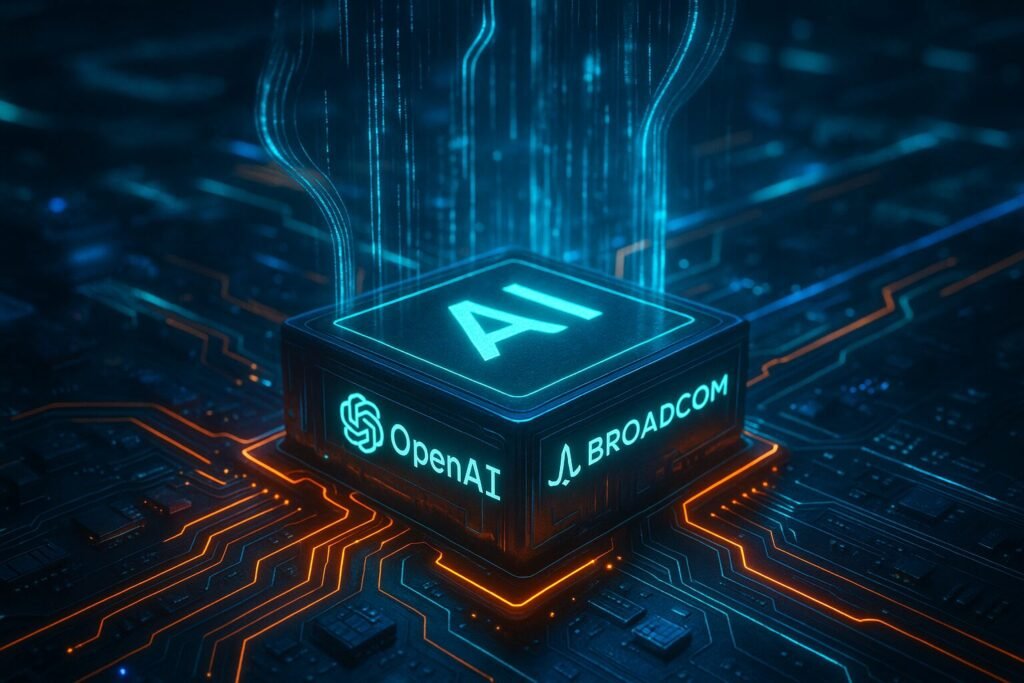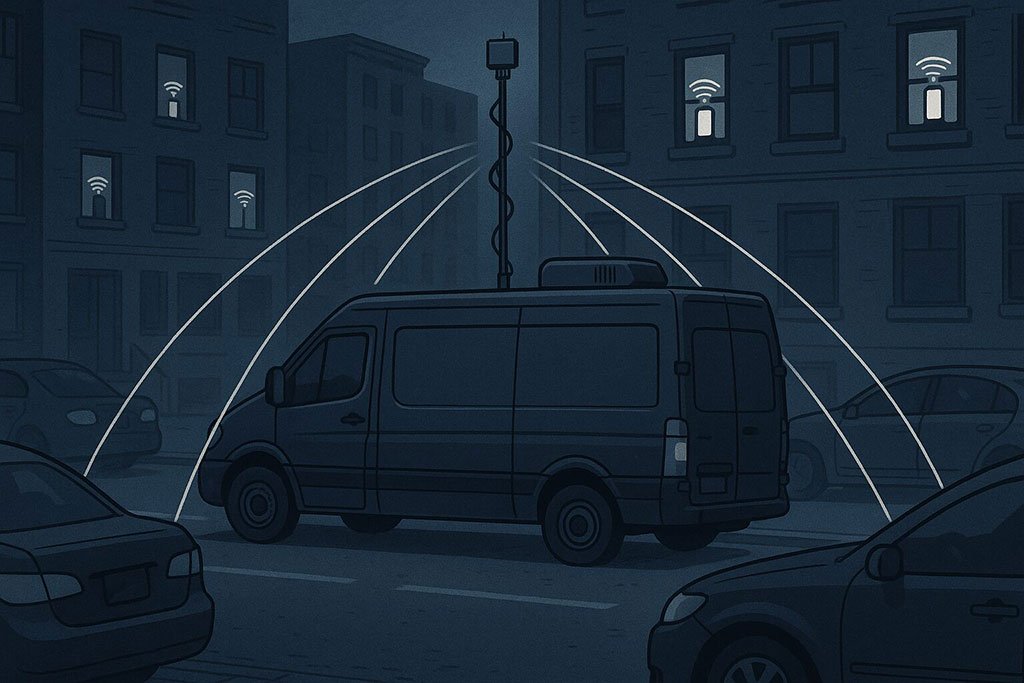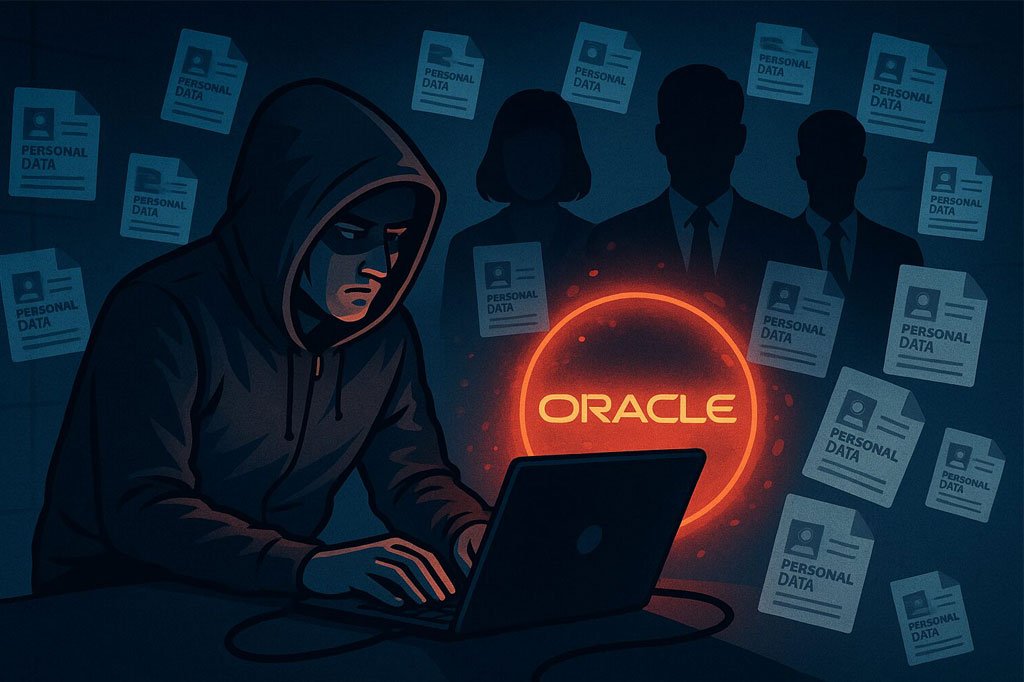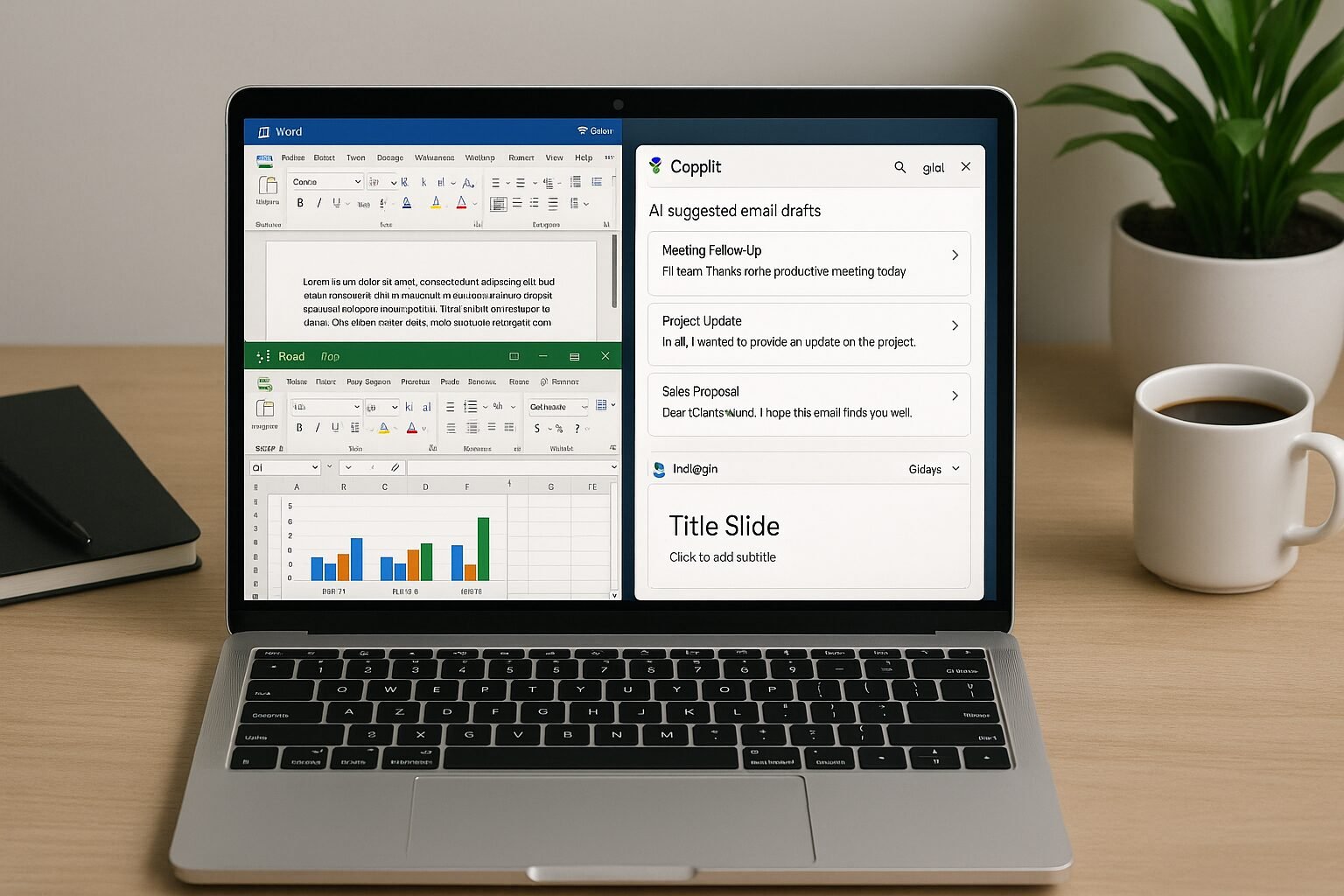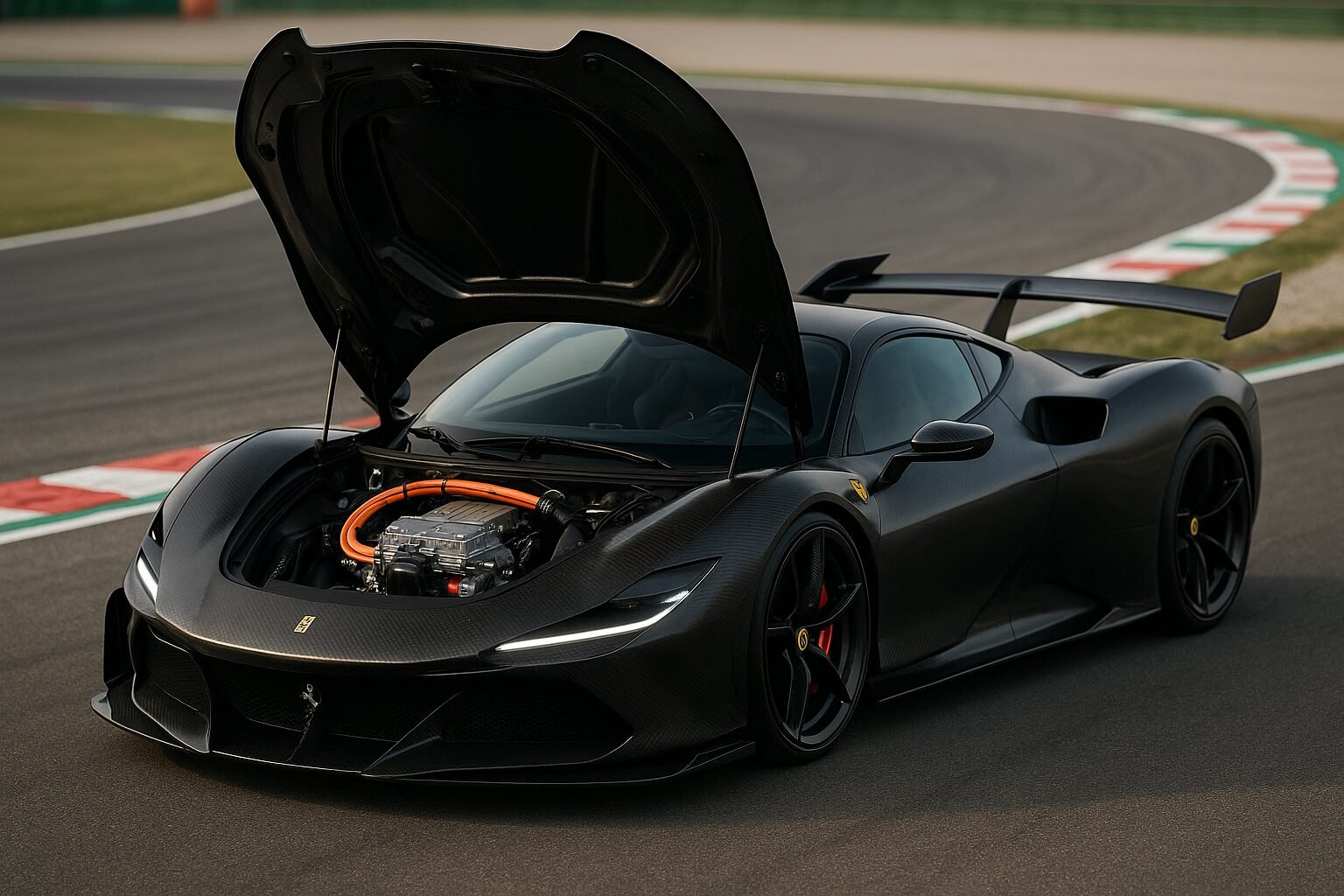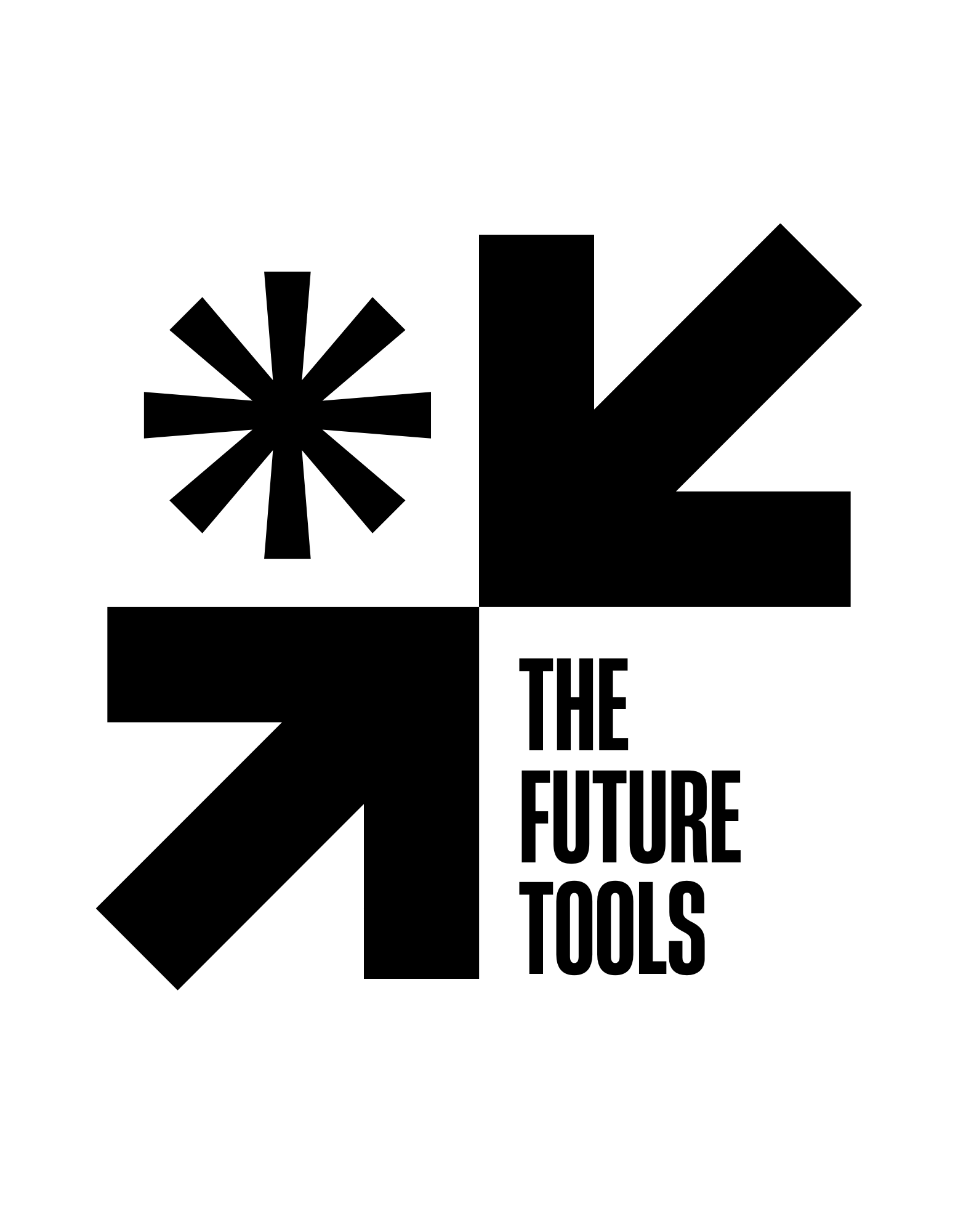Now Reading: Minecraft Movie Sequel Officially in Motion as Franchise Expands
-
01
Minecraft Movie Sequel Officially in Motion as Franchise Expands
Minecraft Movie Sequel Officially in Motion as Franchise Expands
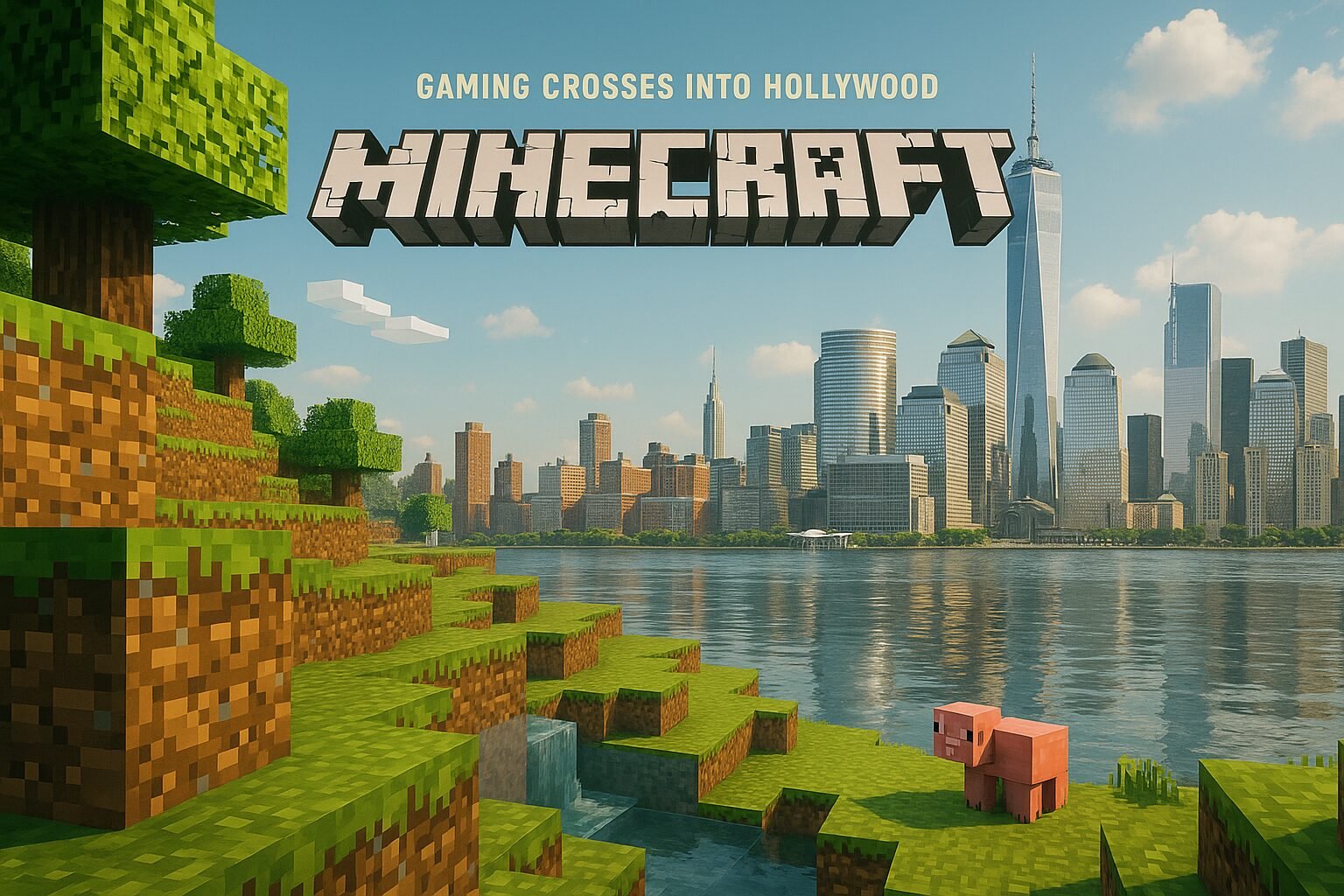
The blocky world of Minecraft is returning to the big screen. A follow-up to the Minecraft movie has officially been set in motion, marking another chapter in the game-to-film movement reshaping Hollywood. While the first adaptation rode on Minecraft’s global popularity, this sequel arrives in a more sophisticated media landscape—where video games are no longer just source material but billion-dollar cross-media franchises.
For Microsoft, Mojang Studios, and Warner Bros., the sequel represents more than a creative continuation. It is a calculated business move aimed at cementing Minecraft not only as the world’s best-selling video game but as a long-term entertainment brand spanning games, movies, merchandise, and community experiences.
Why a Minecraft Sequel Makes Business Sense
Minecraft is not just a game; it’s a cultural phenomenon. With over 300 million copies sold worldwide and 140 million monthly active players, it remains the best-selling video game of all time. Its sandbox nature, global appeal, and longevity make it an evergreen property.
The first film adaptation proved that translating Minecraft to cinema was not only possible but marketable. A sequel extends that momentum while capitalizing on an audience that has grown up with the franchise. It also opens up new revenue streams—box office returns, streaming rights, merchandising tie-ins, and cross-promotional gaming content.
Hollywood’s Growing Appetite for Game Adaptations
Minecraft’s sequel announcement comes at a time when Hollywood is increasingly turning to gaming IP for reliable box office results. From The Super Mario Bros. Movie grossing over $1.3 billion globally to Sonic the Hedgehog’s franchise success, video game adaptations have proven their commercial and cultural viability.
For studios, game-based films carry a built-in fanbase and international recognition. For tech companies like Microsoft, they provide an avenue to expand the reach of their properties beyond consoles and PCs, embedding them deeper into mainstream entertainment.
Global Market Expansion and Audience Strategy
A Minecraft sequel isn’t just about appealing to U.S. audiences. The film has massive international potential. Countries like China, India, and Brazil—where mobile gaming and Minecraft communities thrive—represent huge growth markets for cinema attendance and streaming.
By aligning the sequel’s release with global marketing campaigns, partnerships, and localized promotions, Minecraft could become a global franchise on par with Harry Potter or Frozen, bridging gaming culture with cinema.
The Business of Franchise Synergy
Microsoft and Mojang are uniquely positioned to leverage the sequel beyond ticket sales. Potential integrations could include:
-
In-Game Tie-Ins: Limited edition movie-themed skins, worlds, or challenges inside Minecraft.
-
Merchandising: Toys, apparel, and collectibles tied to the film’s characters or storyline.
-
Cross-Platform Promotions: Collaborations with Xbox Game Pass or partnerships with streaming platforms like Netflix.
This type of synergy reinforces the film’s relevance while driving additional engagement across the Minecraft ecosystem.
Opportunities and Risks
Opportunities:
-
Expanding Minecraft into a multi-generational franchise, appealing to both children and adult fans.
-
Establishing Minecraft as a competitor to other blockbuster game-to-film properties.
-
Strengthening Microsoft’s entertainment footprint outside gaming.
Risks:
-
Sequel fatigue—if the storyline or execution doesn’t evolve meaningfully.
-
Balancing fan expectations with creative storytelling.
-
Potential oversaturation of the market with gaming adaptations.
Industry Perspectives
Analysts point out that Minecraft’s longevity and massive global fanbase make it one of the safest bets in gaming adaptations. Unlike story-driven franchises that risk alienating fans if the narrative diverges too much, Minecraft’s open-ended world gives filmmakers creative freedom.
Yet, the business success will hinge on timing. With an increasingly crowded entertainment calendar, releasing the sequel alongside other blockbuster franchises could dilute its box office performance. Careful scheduling and marketing will be critical.
The Minecraft movie sequel is more than just a creative decision—it is a franchise-building strategy with global stakes. By combining gaming’s massive reach with Hollywood’s storytelling machinery, Microsoft and Warner Bros. aim to transform Minecraft into a cross-platform powerhouse.
If successful, the sequel won’t just expand Minecraft’s cinematic footprint; it will solidify gaming’s role as the next dominant force in global media franchises. In a world where digital and physical entertainment continue to converge, Minecraft’s sequel is less about pixels and blocks—and more about building an empire.
Stay ahead in the world of gaming and entertainment crossovers. Subscribe to our newsletter for deep dives into the business of franchises and the future of digital media.
Disclaimer:
All logos, trademarks, and brand names referenced herein remain the property of their respective owners. Content is provided for editorial and informational purposes only. Any AI-generated images or visualizations are illustrative and do not represent official assets or associated brands. Readers should verify details with official sources before making business or investment decisions.
FAQs
-
Is the Minecraft movie really getting a sequel?
Yes, the sequel is officially in motion, backed by Warner Bros., Mojang, and Microsoft. -
Why is Minecraft making another movie?
To expand the franchise beyond gaming into film, merchandise, and global media. -
How successful was the first Minecraft movie?
While mixed critically, it performed well commercially due to Minecraft’s global fanbase. -
When will the Minecraft sequel be released?
No official release date yet, but announcements are expected soon. -
Will the sequel connect to the first movie’s storyline?
Details are limited, but the open-ended world of Minecraft gives creative flexibility. -
Who is producing the sequel?
Warner Bros. in collaboration with Mojang and Microsoft. -
How will this affect Minecraft as a game?
Likely tie-ins such as movie-themed content, skins, or events within the game. -
Why do studios invest in gaming adaptations?
Gaming IP offers built-in global fanbases and reliable revenue opportunities. -
Will the Minecraft sequel target kids or adults?
Both—Minecraft’s fanbase is multigenerational, making it ideal for family viewing. -
What does this mean for the future of game-to-film adaptations?
It reinforces gaming as a key source of blockbuster IP for Hollywood’s future.

